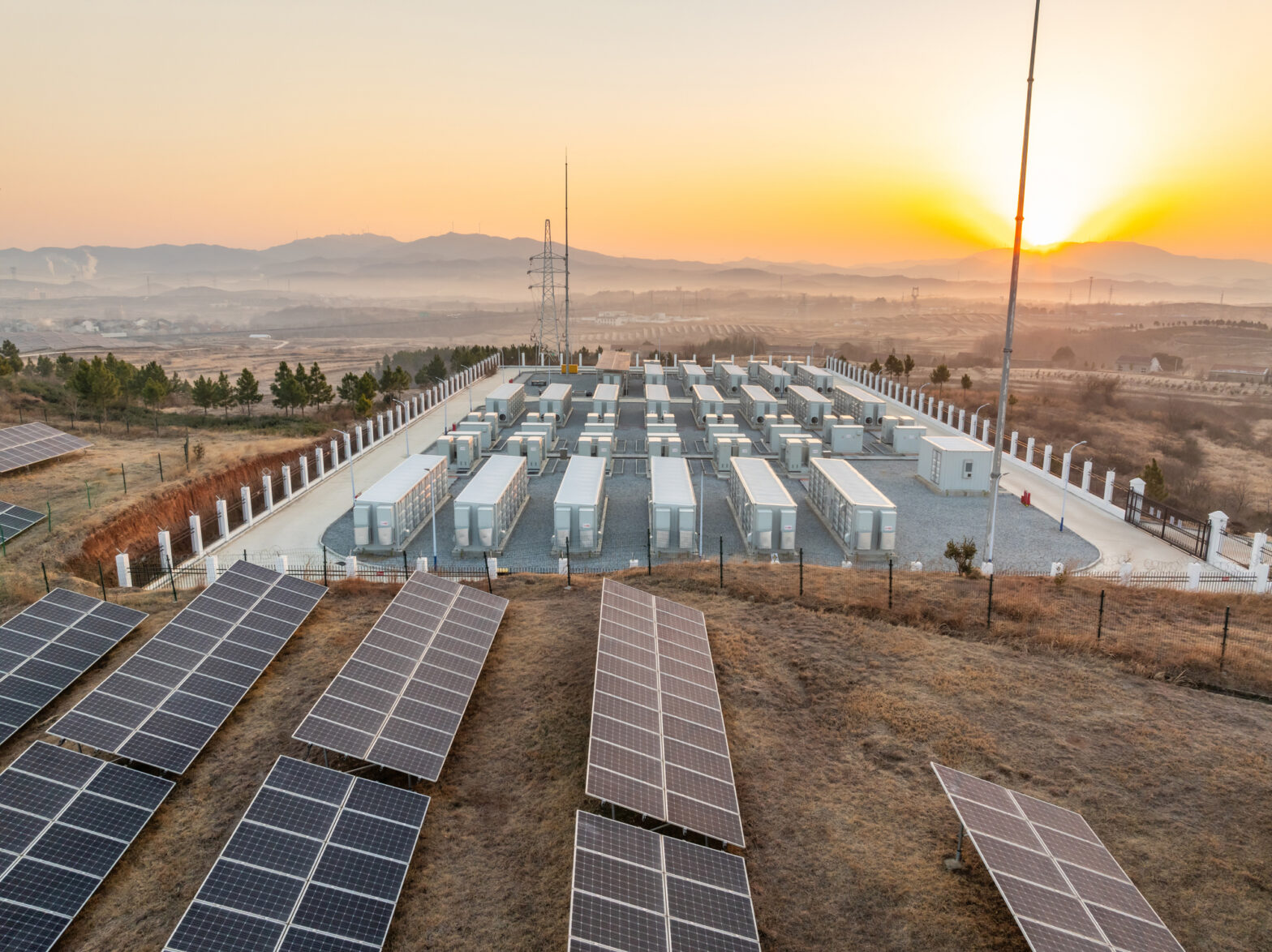Parents burning their children’s toys for warmth, icicles on ceiling fans, and people bundled up with every piece of clothing they have: the images from my home state of Texas this past week have been downright shocking. Fortunately, my own friends and family in the Lone Star State seem to have ridden through the complete collapse of the energy grid without any serious injury, but the same can’t be said for many other Texans. It will be some time before we truly understand the scope of property damage, energy company bankruptcies, and deaths. The root cause analyses, policy and market reform debates, and investments made to prevent another tragedy like this will take much longer.
Last week a Midwestern utility called a gas demand response event from 5 am to 9 am one morning as part of a pilot program where we provide the demand side management software. Since unlike Texas’s electrical system, the network of gas pipelines are connected nationwide, this enabled flexibility for MISO to assist in stabilizing the rolling blackouts much further South in Texas. This pilot, part of their response to their own state’s supply crunch a few years back, demonstrates there are demand side or energy consumer enabled solutions that can contribute to the resource adequacy issues throughout the system.
Given that this pilot with a Midwestern utility only included 3,000 residential customers, the benefits from this Uplight program to the gas supply crunch – by some estimates, equal to nearly a fifth of total US onshore nat gas production, were tiny. Currently, utilities are focused on demand response (DR) programs for electric customers, but many are starting to scale natural gas DR programs. If Uplight’s Midwestern pilot deployed at a larger scale across both water and space heating at the approximately 5 million of the Texas homes with electric heat, demand management technology would be able to deliver up to 10 GW of 4-hour capacity, and if combined with home weatherization, would provide 5 GW capacity around the clock. That compares favorably to the 4GW shortfall that Wood McKenzie’s analysis of the blackout revealed would have occurred even if all the natural gas and wind generators were weatherized.
Taking it a step further to include other behind the meter assets such as rooftop solar, battery storage, and EV chargers being deployed at scale could provide flexibility on the order of 10% to 20% of system capacity. Add even easier to deploy C&I refrigeration, pumping, compressor, and process loads that others have commercialized dispatch for, and we see a path to supplementing zero-carbon bulk power system resources to realizing an energy system that is both more resilient and more sustainable.
Our utility partners are asking themselves what they can do to make the grid more resilient in the future. While there are lots of solutions, perhaps the least appreciated opportunity is to double down on creating a more flexible grid by empowering their customers to deploy energy efficiency and demand flexibility. Fellow Texans wanted to help their neighbors avoid losing power and a demand response program can help customers who may not know how to help. These types of investments make the bulk system more resilient. What’s more, by reducing the burning of fossil fuels and decarbonizing the grid, energy providers slow the increase of extreme weather events from climate change. This is core to Uplight’s purpose, and why I’ve focused my career in advancing that purpose.
That requires not only deployment of behind the meter tech, but reforms to energy system planning processes, market structures, and business models , But it can be and very much needs to be done. At Uplight, we are doing our part to build upon our current solutions portfolio to bring more of the necessary software technology to deploy at scale, but also support these critically necessary reforms.
The events of the past week have been heartbreaking, and as an energy professional, generated more questions than answers about what a future-proof grid really will look like. But this crisis is also a reminder of why we at Uplight are committed to energy sector transformation, and the opportunity we have to improve the well-being of people around the world.
To read more about Tanuj’s take on grid resilience, read his 2017 op-ed on the Department of Energy’s research. To mix it up on all topics energy system transformation, follow him on Twitter (@tanujdeora)





